Apple iPhone X launch: How the iPhone has changed over the years
The new iPhone has been unveiled by Apple amid a frenzy of interest.
The launch of the iPhone X is a little bit special, as it makes the tenth anniversary of the original device.
The new iPhone, which costs £1,000, was launched alongside iPhone 8 and 8 Plus models.
From the first iPhone in 2007 to the iPhone X in 2017, Apple’s flagship product has always captured the public’s attention.
MORE: Five all-new features of iPhone 8 revealed in leak ‘from inside Apple’
MORE: Has the iPhone changed the world?
MORE: Apple iPhone 8 – Here’s five big changes we ‘know’ are coming
In its decade of existence, the phone has witnessed record-breaking sales highs and controversial lows linked to design flaws and user backlash over changes to its appearance and key features.
Here is a closer look at the history of the iPhone:
The iPhone – 2007
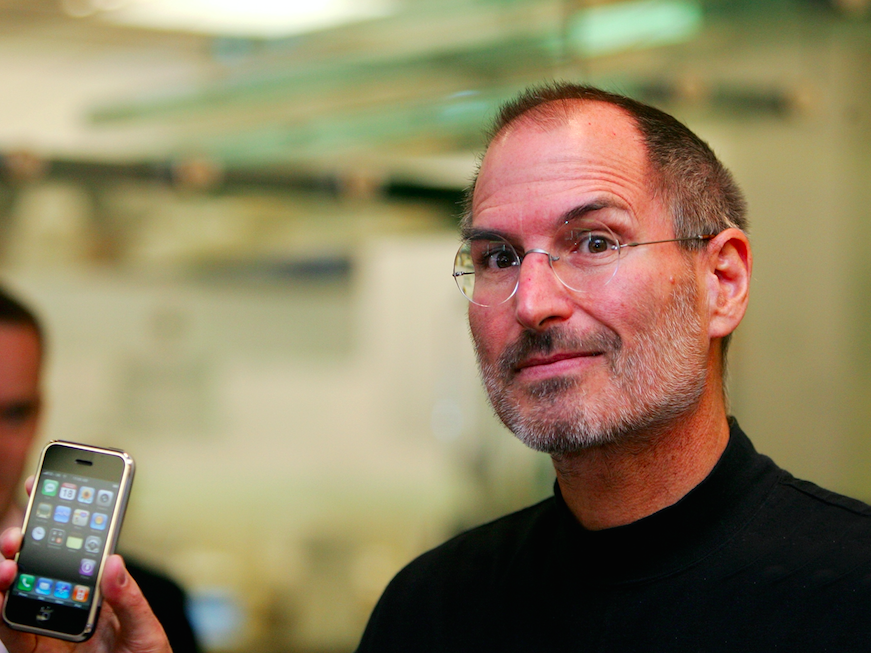
After being unveiled in January, the first iPhone goes on sale in June in the US and November in Europe amid passionate Apple fan reaction and queues outside retail stores. Around 3.4 million units are sold that year.
iPhone 3G – 2008
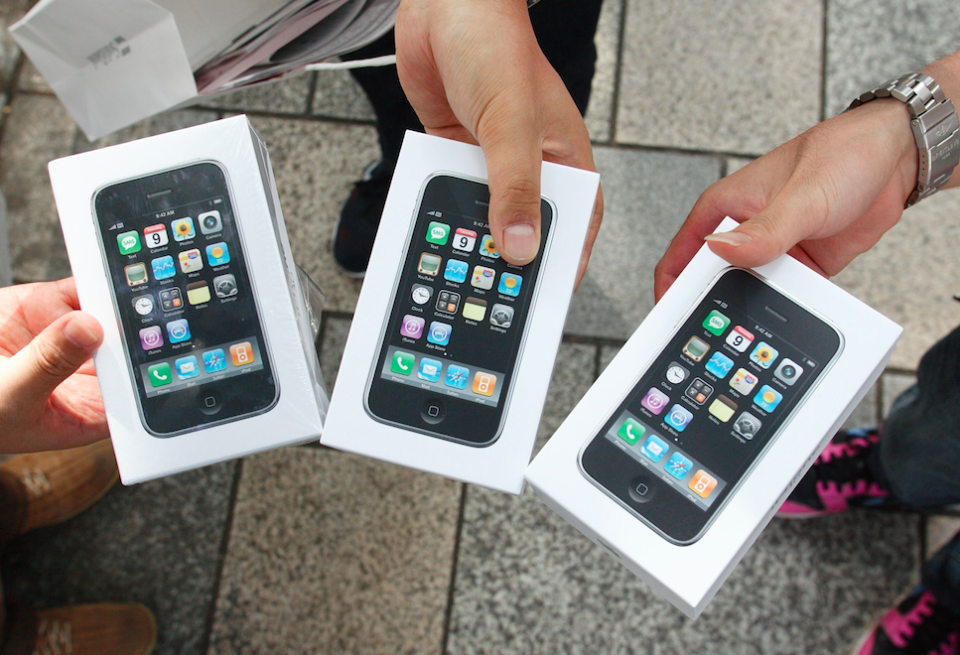
On July 11, 2008, the second generation iPhone 3G launches, including in a white colour option for the first time. Apple is criticised for maintaining the high price of the device compared with other mobile phones. The App Store is also launched.
iPhone 3GS – 2009
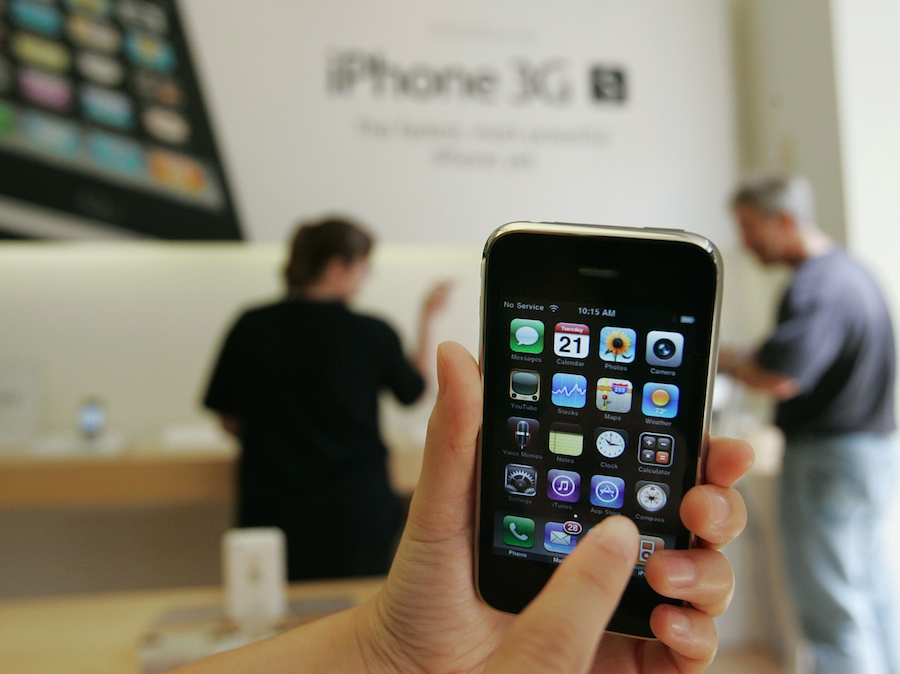
It goes on sale in June, and sales for the year reach more than 25 million.
iPhone 4 – 2010
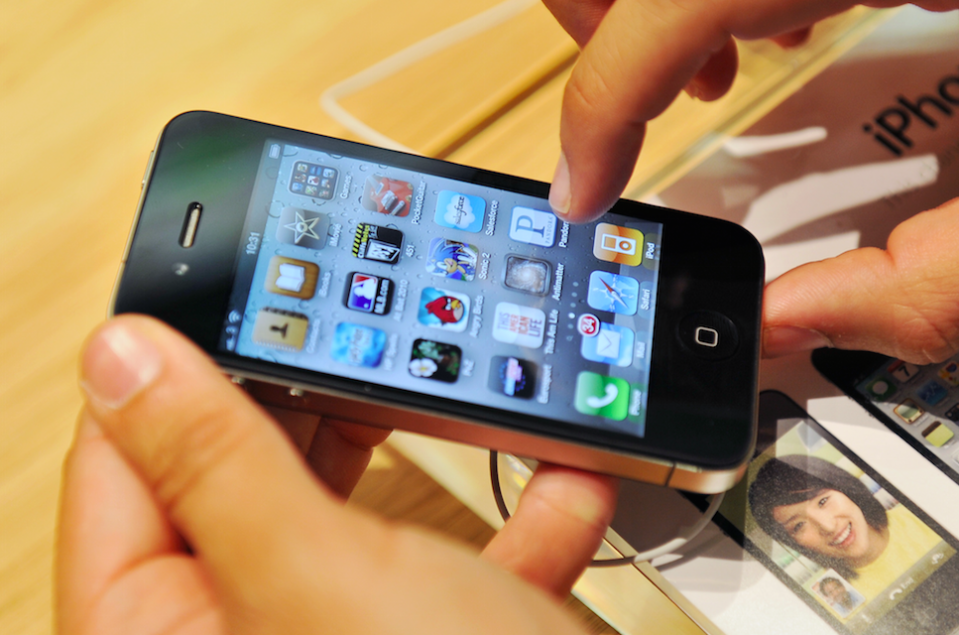
The introduction of the iPhone 4 includes the first major redesign of the iPhone, as the front and back casing are both made of glass for the first time, with a steel trim and edges that serve as the antennas for signal reception.
However, some users report holding the phone a certain way affects their signal, forcing Apple to issue advice on how to hold the phone to prevent phone calls dropping out. Sales rise again to 47.5 million.

iPhone 4s – 2011
The iPhone 4s is introduced, including voice assistant Siri for the first time. Apple founder Steve Jobs dies the day after the phone is announced, as the 4s then becomes the first iPhone to sell one million units in its first 24 hours.
Also this year, Apple surpasses long-standing market leader Nokia as the largest mobile phone vendor in the world by revenue.
MOST POPULAR STORIES FROM YAHOO UK
Hurricane Harvey: Mum donates her own breast milk to victims in Texas
This video of a cheeky dog stealing a snack live on TV has won the internet for today
Staffordshire Bull Terrier which mauled its owner to death ‘had eaten crack cocaine’
British Red Cross ‘not diverse enough’ to deal with Grenfell Tower tragedy
Theresa May pleads with Donald Trump to save jobs at Bombardier
iPhone 5 – 2012
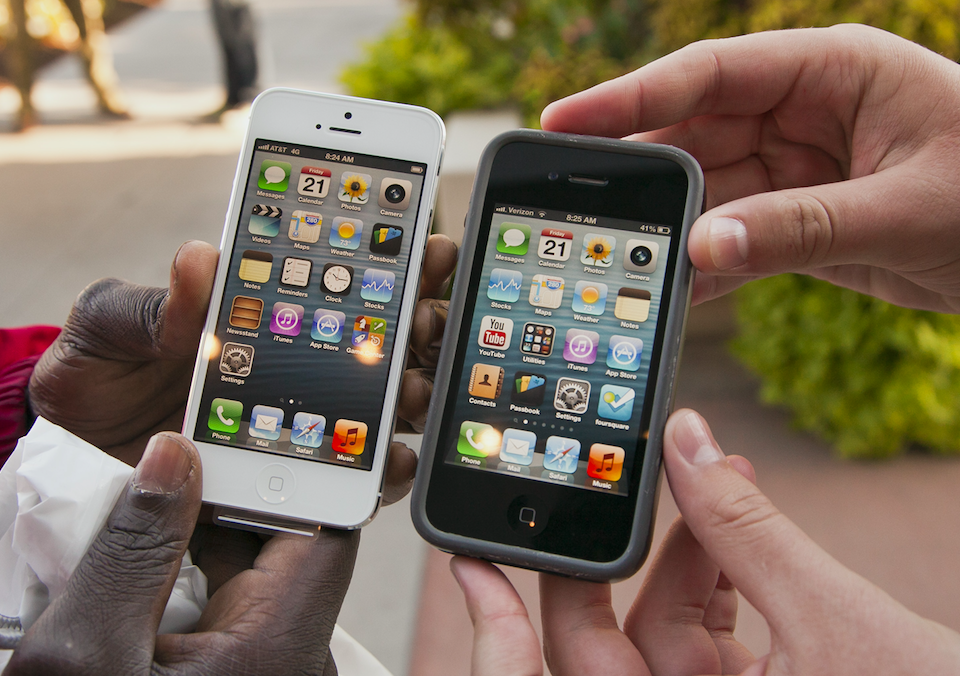
The iPhone 5 ushers in another redesign, this time increasing the screen size to 4in for the first time. By now, annual iPhone sales have hit 135.8 million units.
iPhone 5s – 2013
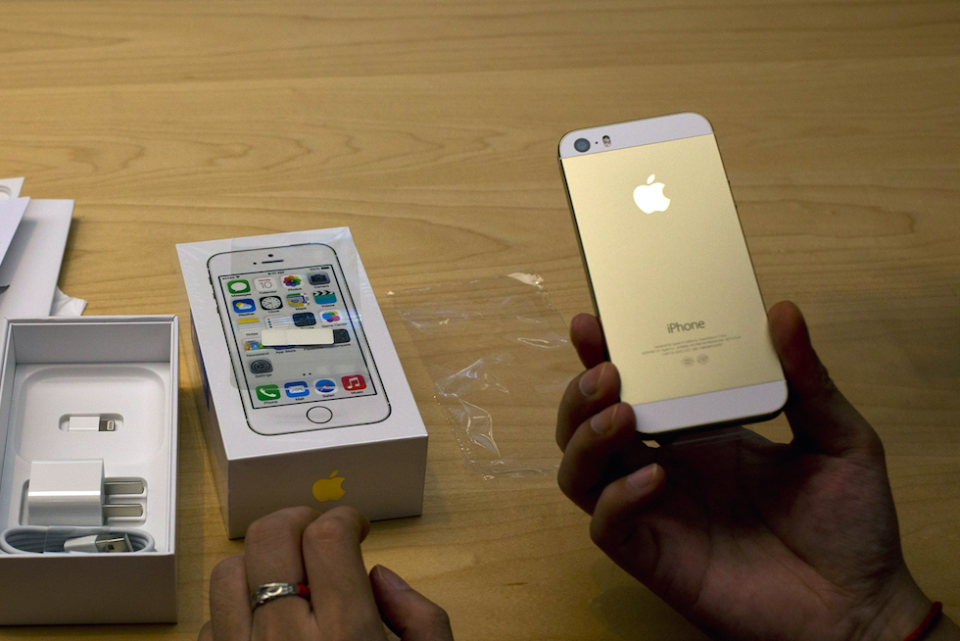
Another “s” model, this time the iPhone 5s, is launched. The first iPhone to include a fingerprint scanner integrated into the home button, known as Touch ID.
iPhone 6 and 6 Plus – 2014
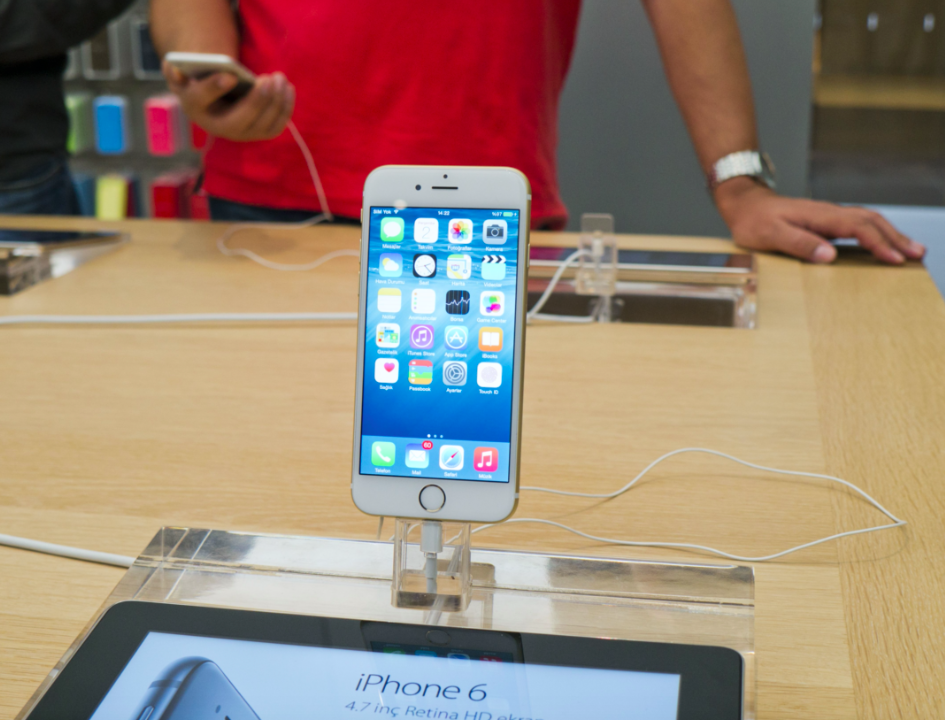
In September the iPhone 6 and 6 Plus are unveiled, offering the iPhone in two sizes for the first time – both of which have increased screen sizes on previous generations at 4.7in and 5.5in respectively.
Sales response shatters all Apple records, with four million sold in the first 24 hours and 10 million in the first three days of availability. However, the 6 and 6 Plus are not without flaws, as some users report their devices bending when sat on or placed under pressure.
iPhone 6s and 6s Plus – 2015
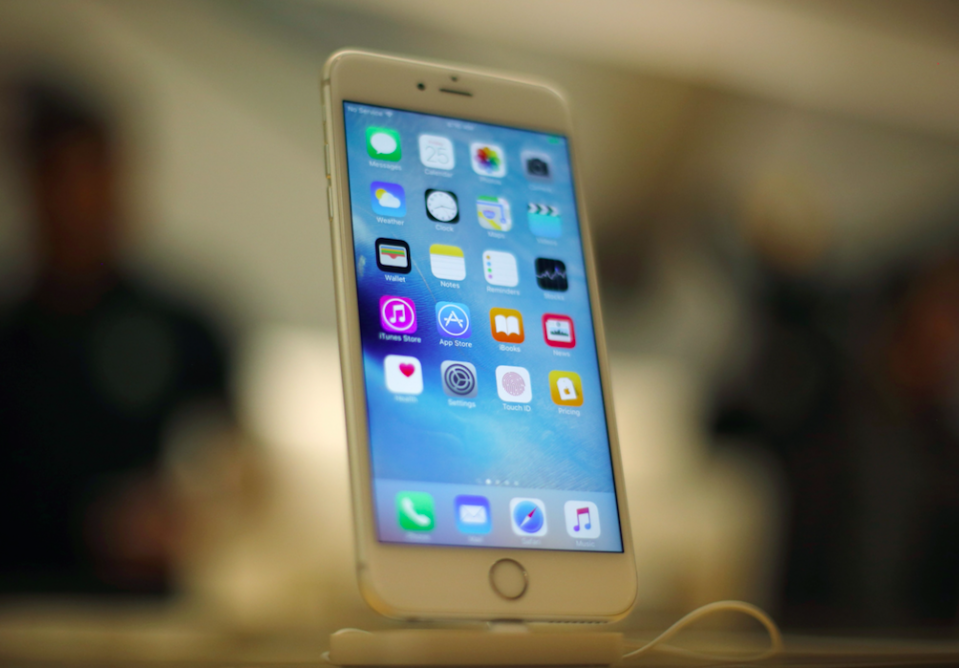
Thanks to the success of the 6 and 6 Plus, sales for the year exceed 231 million units, while Apple also records the largest single quarter profit of a private company during the year. In September the 6s and 6s Plus are released, complete with a new pressure sensitive screen.
iPhone 7 and 7 Plus – 2016
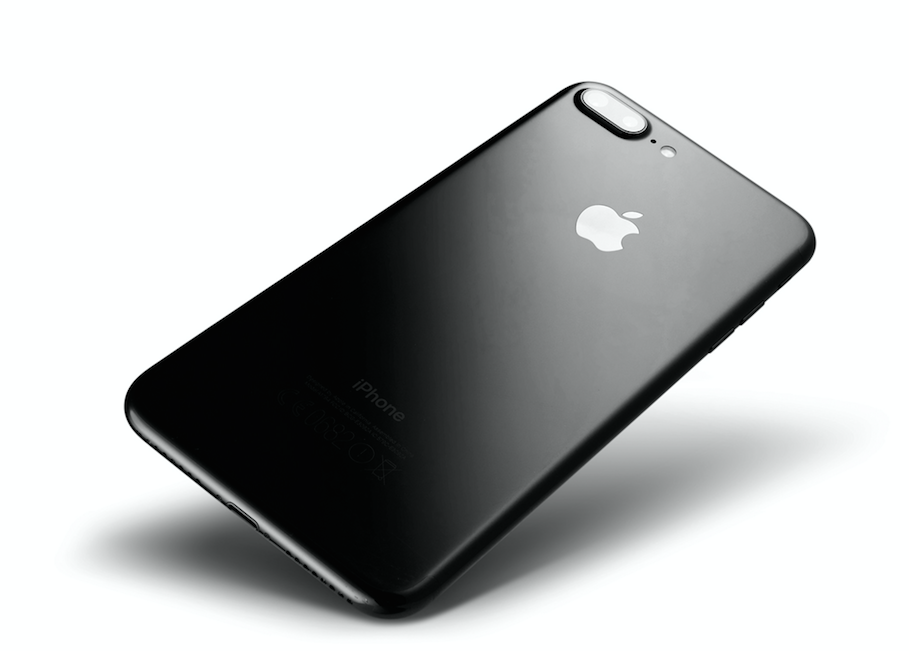
As the smartphone market begins to reach saturation point and competition from rivals increases, Apple reports several iPhone sales drops throughout the year. This includes the first revenue drop for the company since the iPhone first launched in 2007.
However, the one billionth iPhone is also sold during the year, and a new four-inch phone, the iPhone SE is launched. Then in September the iPhone 7 and 7 Plus are announced, with the Plus housing a dual rear camera for the first time that is designed to capture images to rival that of a digital camera.
iPhone 8 and 8 Plus – 2017
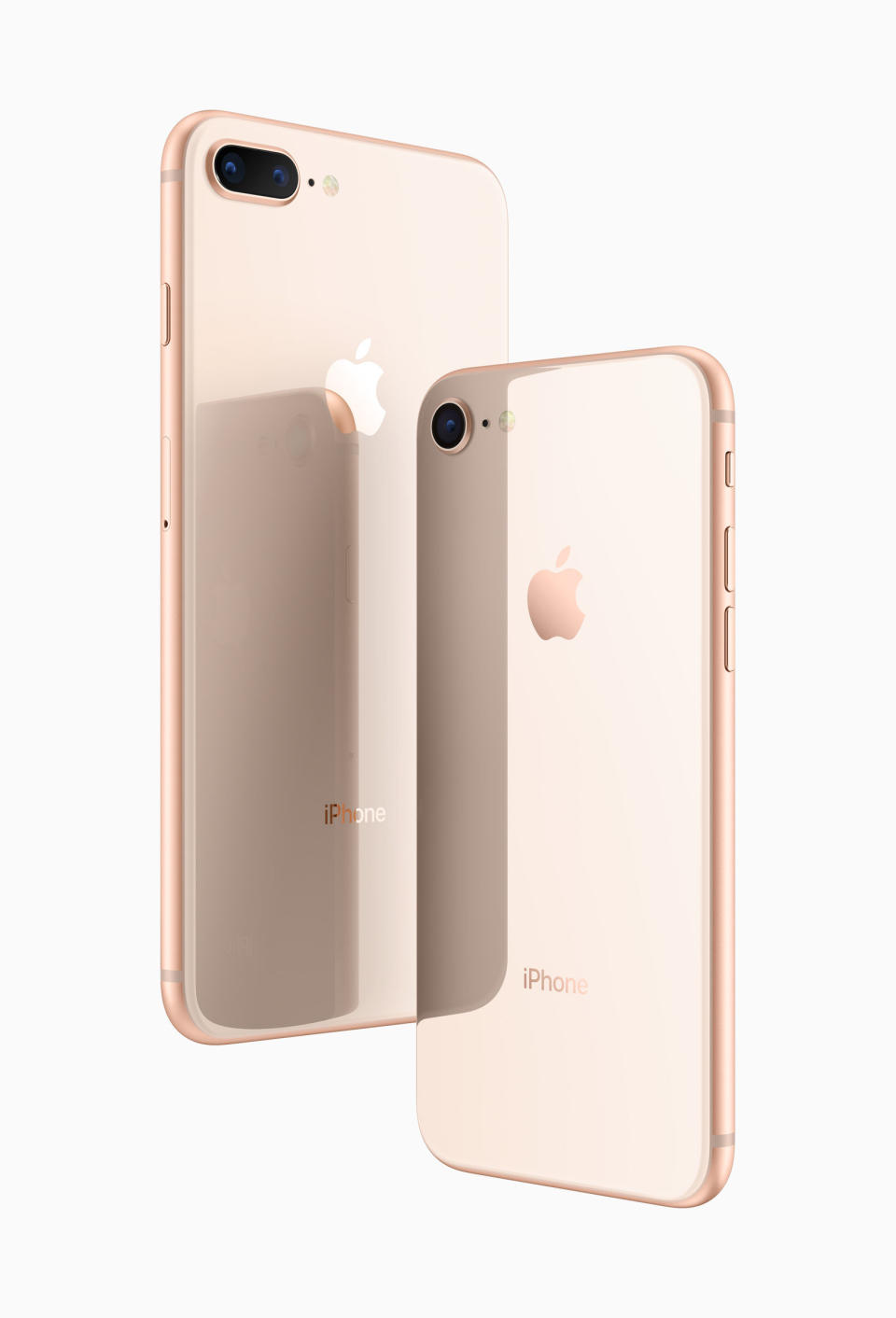
The iPhone 8 and 8 Plus feature glass rears and wireless charging for the first time. The new 8 and 8 Plus start at £699 and £799 respectively.
The 8 Plus also features new camera technology called Portrait Lighting. This uses artificial intelligence to automatically improve the lighting effects of portrait photographs and better show off faces.
iPhone X – 2017
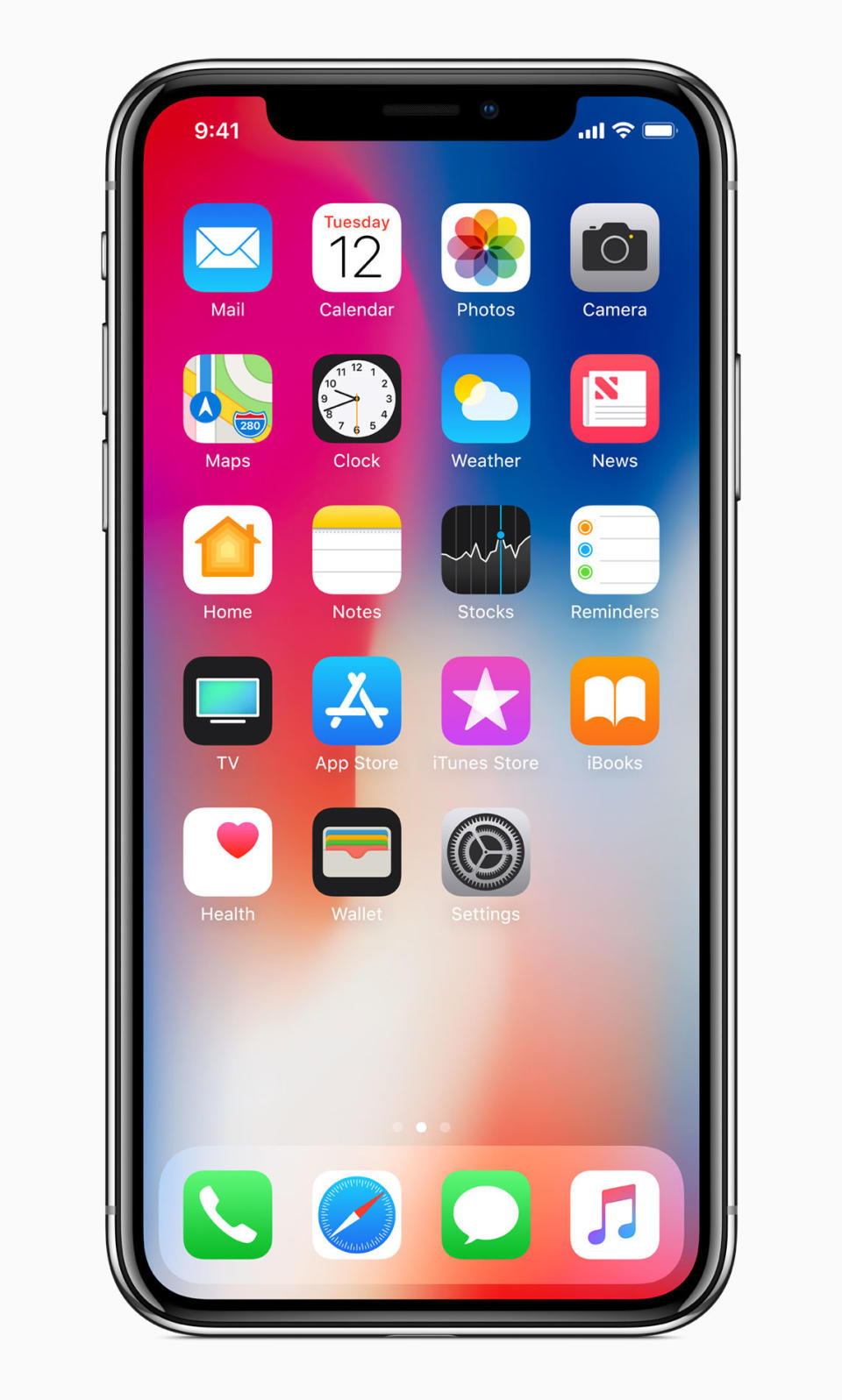
Going on sale on November 3, the X will cost £999 and is the first iPhone to feature an edge-to-edge display and remove the home button from its face.
Apple boss Tim Cook called the new device the ‘future of the iPhone’, and announced it will feature new facial recognition technology called Face ID.
As well as being used to unlock the device, Face ID technology can also be used to create Animoji – animated emoji controlled by the user’s face.

 Yahoo News
Yahoo News 

